Regulatory Compliance

This type of protective clothing is intended to protect the wearer against spatter (small splashes of molten metal),
short contact time with flame,
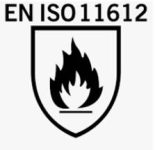
The performance requirements set out in this International Standard are applicable to protective clothing which could be worn for a wide range of end uses, where there is a need for clothing with limited flame spread properties and where the user can be exposed to radiant or convective or contact heat or to molten metal splashes
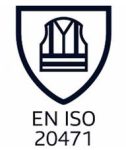
This International Standard specifies requirements for high visibility clothing which is capable of visually signal the user’s presence.
The high visibility clothing is intended to provide conspicuity of the wearer in any light condition when viewed by operators of vehicles or other mechanized equipment during daylight conditions and under illumination of headlights in the dark.
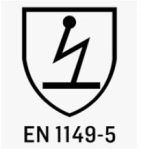
This European standard specifies the methods for measuring the dissipation of electrostatic charge from the surface of the materials for garments. The test methods are applicable to all materials, including homogeneous materials and inhomogeneous materials with surface conducting fibers and core conducting fibers.
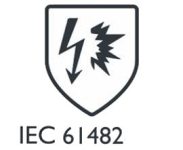
EN 61482 specifies requirements and test methods applicable to materials and garments for protective clothing for electrical workers against the thermal hazards of an electric arc
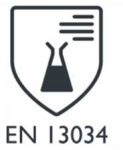
Protective clothing against liquid chemicals. To protect against liquid chemicals, European standard EN 13034 specifies the requirements for limited-use or reusable chemical protective clothing offering limited protection.

A sudden and intense fire that is caused when a mixture of air and a flammable substance combine to ignite
Extremely high heat, short duration (typically less than 3 seconds), and a rapidly moving flame.
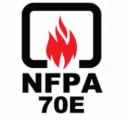
High current source with a conductive object can cause electricity to flash over
Dropping a tool or otherwise creating a spark can ignite an arc flash in area around a conductor